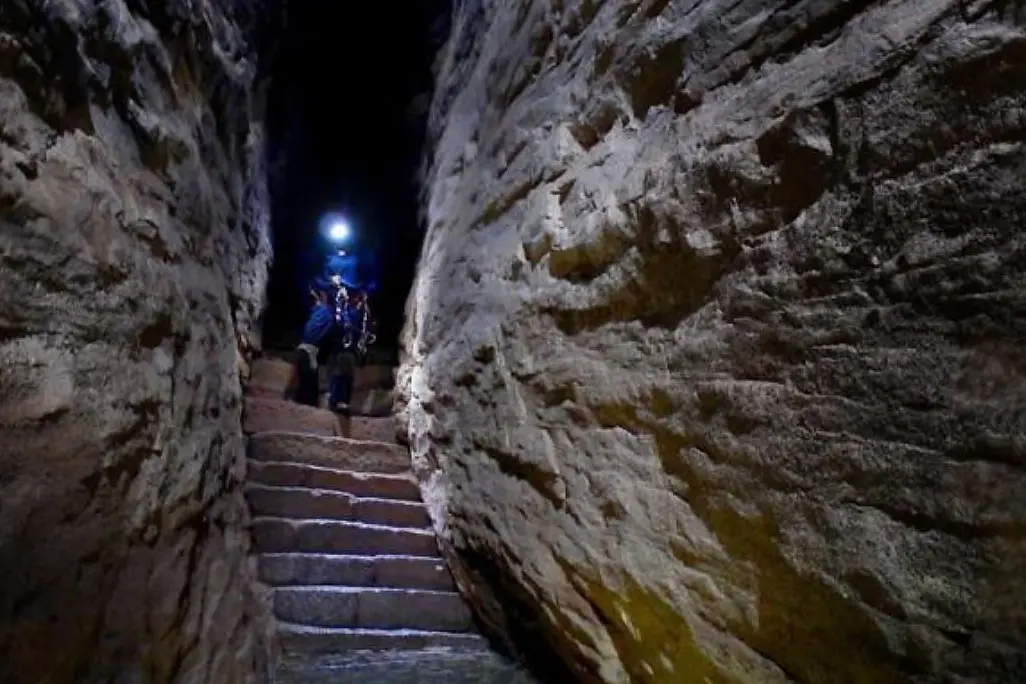"Paths of Time," the series of conferences promoted by the Kalaritano Archaeological Group, is in full swing.
Appointment with archaeologist Emerenziana Usai on the Copper Age on the IslandPer restare aggiornato entra nel nostro canale Whatsapp
Telling the island's most ancient history, from the pre-Nuragic period to the late Byzantine period, in an accessible and inclusive way: this is the goal of the conference series "Paths of Time. Archaeology for All," promoted by GAK – Gruppo Archeologico Kalaritano, which continues this week with its first in-person event. Starting at 10:00 a.m., archaeologist Emerenziana Usai will be present at the conference room of the MEM in Cagliari to guide the public on a discovery of Sardinia's wonders from the Copper Age, or Eneolithic, about five thousand years ago.
Launched on October 22nd with an online meeting with Professor Giuseppa Tanda and her expert knowledge of Sardinian prehistory and the Domus de Janas, the initiative kicks off tomorrow with the first in-person meeting. A broad overview of Sardinia's rich Eneolithic cultures will be offered, from the continuity and innovation of the "Sub Ozieri," "Filigosa," and "Abealzu" phases to the shifting "Monte Claro" and "Campaniforme" strands. Discussions will also include the village of Su Coddu-Canelles at the entrance to Selargius, the ceramics found at Terramaini and Viale Colombo in Quartu, the Turritan altar at Monte d'Accoddi, the Mother Goddess of Porto Ferro, the fired ceramics of Abealzu, and other materials related to these cultures. Finally, a focus will be on the origins of Sardinian megalithism and the hypogeum of Scaba 'e Arriu, an important archaeological site.
Emerenziana Usai, who graduated in ancient literature from the University of Cagliari and then specialized in archaeology with a thesis on the Domus de Janas of Pimentel, joined the then Archaeological Superintendence of Cagliari and Oristano in 1979, where she held several senior positions. She subsequently participated in numerous excavations and published studies on archaeological sites in the Cagliari and Oristano areas, authoring approximately two hundred scientific publications, either independently or in collaboration.
After tomorrow's event, "Paths of Time" will return on November 28th, with a discussion of the Bronze Age illustrated by Maria Rosaria Manunza, while on December 12th, Caterina Lilliu will discuss the final Nuragic period and the Phoenician landing. On January 9th, Andreina Siddu will describe the transition from Phoenician colonies to Carthaginian rule, and on the 23rd, Simonetta Angiolillo will focus on Roman Sardinia. Finally, on February 20th, Marco Muresu will close with a talk on Late Antiquity and Byzantine Sardinia.
